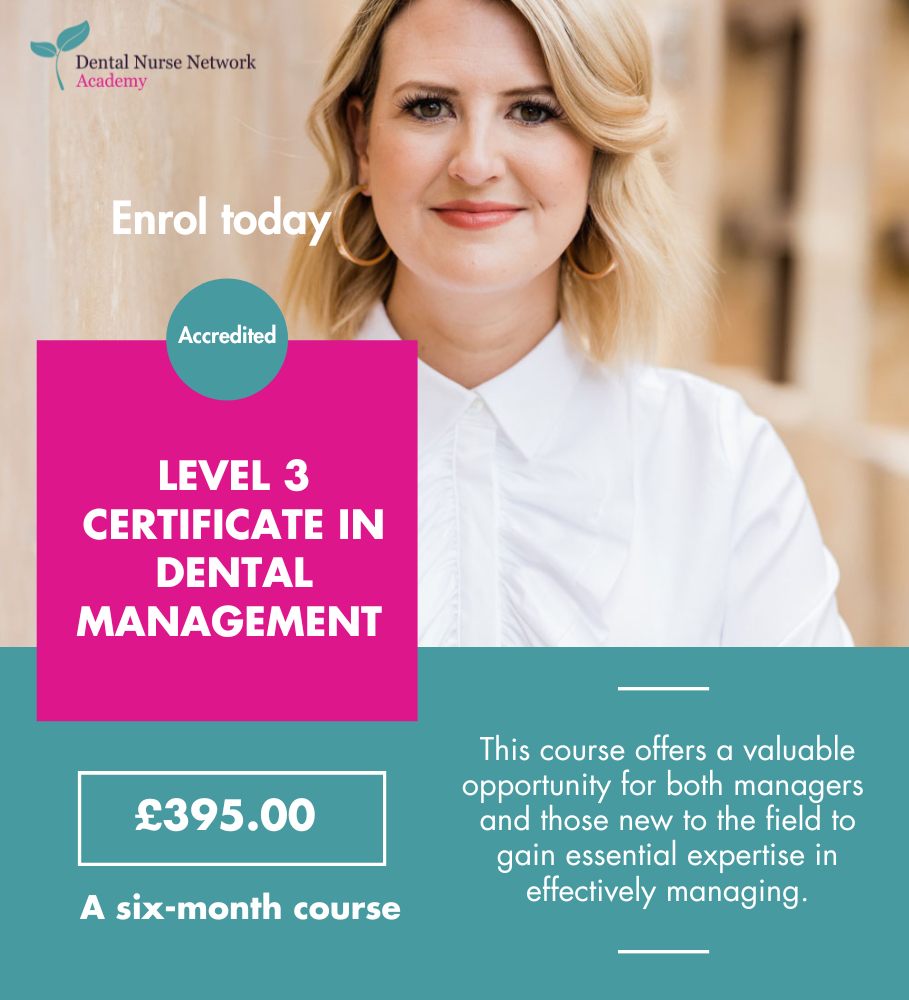 This week I saw one of my regular patients. An absolutely lovely lady who is receiving long term chemotherapy for recurrent breast cancer, she also is an Insulin dependent diabetic with Rheumatoid arthritis. I've been seeing her every 8 weeks (partly at her request).
This week I saw one of my regular patients. An absolutely lovely lady who is receiving long term chemotherapy for recurrent breast cancer, she also is an Insulin dependent diabetic with Rheumatoid arthritis. I've been seeing her every 8 weeks (partly at her request).
She was first advised to come and see me back in April. She had a very sore, dry and ulcerated mouth and was struggling to maintain her oral health at home. She told me that her mouth felt so dry that she could drink a pint of water and instantly feel dry again, yet so far had not been prescribed any form of artificial saliva or mouthwashes by the oncology team.
We had a good chat about the role saliva has in our mouth, discussing the natural cleansing effects of saliva, how it works as a buffer to neutralise acids which would contribute to tooth decay, aids the digestive process and is a natural lubricant which can also make our mouth feel more comfortable – something I'm sure you'll all agree we take for granted.
So, in the short term, I advised this patient to use sugar free chewing gum to help stimulate the flow of saliva, and to continue drinking water frequently throughout the day. Ideally, she needed to discuss the use of artificial saliva products with her oncology team. Thankfully, these were prescribed to her shortly after our first meeting but they didn't really have much effect. We trialled some samples I had been given by our Curoprox representative which again, sadly, didn't make much of a difference. Later, she was prescribed BioXtra gel and spray which she finds more beneficial.
For her home care regime this patient has been alternating between a manual toothbrush and an Oral B Braun electric toothbrush; for interdental areas she has been using Tepes but only in the larger interdental spaces.
The gingival margins of her lower molar teeth appeared very red, swollen and had rolled edges. In her particular circumstances, as she suffers from arthritis, she had reduced manual dexterity, so we discussed the benefits of using her electric toothbrush daily rather than flitting between that and her manual toothbrush.
I also advised her to get some Difflam mouthwash on prescription from her oncology team which she has been using daily since.
Despite finding interdental cleaning very difficult, she has given it her all. I wanted to keep things as easy as possible for her but due to periodontal disease and previous tooth loss she needed to use at least three different sizes of tepe brushes.
Over the weeks since her first appointment with me, her plaque control has improved but the gingivea in the lower left first molar region still look sore. Inflammation at the interdental sites has improved with no bleeding on tepeing, although at one stage it had deteriorated slightly as she was confused about where to use which size tepe, so I had to draw a diagrams of her mouth which we then colour coded. A drawing pad and crayons have now been added to my OH kit! Her tepe sizes have now been increased where the inflammation has subsided and a new colour coded chart given.
Oral Cancer Awareness
At our second appointment I noticed a lump/growth on the dorsal surface of her tongue which hadn't been present at our first meeting. It hadn't been documented previously by the dentist but she was now also aware of it suddenly appearing.
Only a few weeks earlier I had attended a seminar on oral cancer – we were told that early detection is crucial! I remembered what they told us. The area wasn't red and white and granular looking as depicted in many examples they had shown us of cancerous lesions. It was the same colour as the tongue, 3mm in diameter and rose above the surface of the tongue. Now, although it didn't display all the characteristics of oral cancer as described in the seminar I was still conscious that this should be checked by a dentist. Whilst waiting for the dentist to come in, I used the time to take some intra-oral photographs of the growth for monitoring purposes. Our intra-oral cameras are linked to the computer software so that these images can be easily stored and accessed in the patients’ notes.
The dentist felt that, given the lady's current medical state, a referral to the oral medicine clinic at the local dental hospital was in order. She was diagnosed with a Fibroepithelial polyp.
What's really important to highlight here is that at no point did I pass comment on the growth or its appearance, or attempt to make to diagnosis, as this is not in my scope of practice. It shows the importance of nurses having regular updates in oral cancer detection as those of us carrying out extended duties may find ourselves in in a similar situation. Equally, when working chair side, we very often have a different view of the patient’s oral cavity and may notice something that looks suspicious. It may turn out to be nothing to worry about, but it could quite easily be something and having the confidence to ask, "Can you check this area?" could make a significance difference to someone's life.

